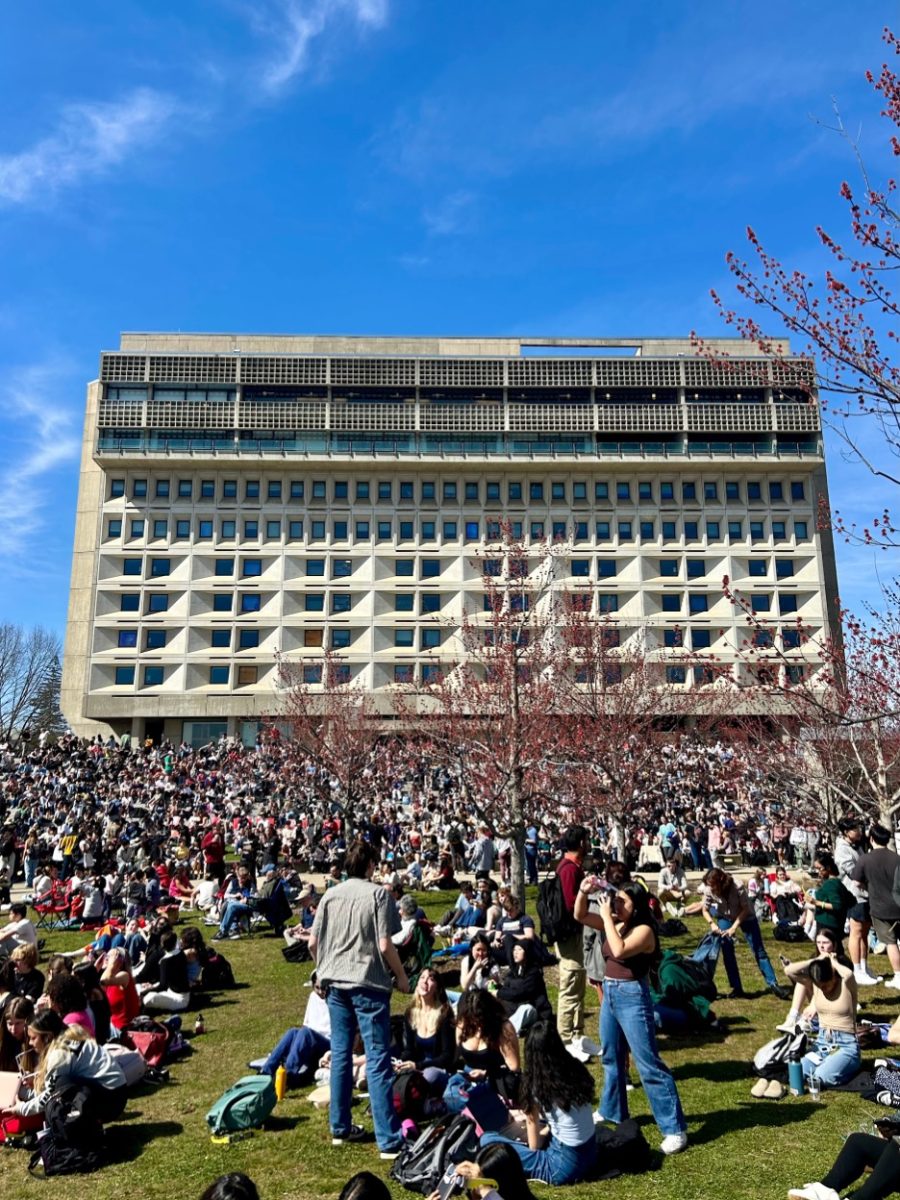With 2012 tornado season already off to a destructive start and memories of last year’s storms in Missouri, and even Springfield, still fresh, many are increasingly interested in doing more than just looking at the sky for their weather information.

David McLaughlin, a University of Massachusetts electrical and computer engineering professor and interim associate dean, spoke Wednesday in the Mullins Center about a new radar system that can pick up more direct and accurate information on hazardous weather. The new system would give emergency management teams more precise information to understand, predict and respond to tornados that could save time and lives, according to McLaughlin.
Approximately 1,000 tornadoes strike every year in the United States, though only 800 are detected by the current warning system. However, the current radar system generates over 5,000 warnings, making 80 percent of warnings false alarms, according to McLaughlin.
The problem, according to McLaughlin, is the civil infrastructure of the current warning system called Next Generation Radar, or NEXRAD.
“It’s characterized by physically large high powered Doppler radars; radars that are bigger than this room. They transmit a megawatt of power and are capable of seeing raindrops in storms hundreds of kilometers away,” said McLaughlin.
These systems shoot a beam in a straight line, so as the Earth curves, they quickly use the ability to see the part of the sky where the tornado is forming, according to McLaughlin.
Therefore, McLaughlin said, he began to look into creating a newer system accurate enough to directly observe tornadoes and fast enough to even chase a tornado down a city street.
This idea became the Collaborative Adaptive Sensing of the Atmosphere, or CASA.
According to McLaughlin, CASA uses smaller, less expensive radars placed closer together that will take in information about a storm and send it via wireless internet to a meteorological command and control center. These high-powered radars are solar powered and disconnected from the main power grid, so that in the event of power loss, they would stay online.
“You see a much more fluid situation. Instead of five minutes we’re getting updates at as rapid as on the minute and it’s also much higher resolution,” said McLaughlin.
The new system can more accurately predict where and when a tornado will touch down and what the path of the tornado will be, meaning a better chance of sending out valid warnings to the right areas and saving lives.
“We bring in data, see where the action is in the storm, and then reallocate resources to go out and get more information about those regions that were more important than others,” said McLaughlin.
According to McLaughlin, CASA has already saved lives in regions that are testing the new system. In Oklahoma, a storm moved from its predicted path, a change not picked up by the current system, but that was caught by CASA and reported, allowing emergency teams to respond in time.
McLaughlin said the next step is to bring the system to a national level.
“If we wanted to do this coast to coast we’re talking about thousands of these radars, if it has to be blanketing the country.”
The U.S. currently has 150 of the NEXRAD radars, each costing about $10 million, explained McLaughlin. However these radars have not been as useful as they could be to emergency response teams as they are frequently unable to track the funnel clouds and tornados on the ground.
“If we don’t see it, then what we do is look at upper level manifestations of the storm, the parent storms,” said McLaughlin.
He added, that then emergency response teams “put out warnings based on that and based on some corroboration from spotters and this is why we have the warning statistics that we do.”
These radars, nicknamed “sit-and-spin radars,” always follow the same set scanning pattern, and can only send updates every as fast as every five minutes. This current system is slow and inaccurate, according to McLaughlin.
“If you’re an emergency manager in a particular region and you want to keep up with the rapid dynamics of a tornado in your zone, you can’t get that,” said McLaughlin.
Funding of the CASA program is through an interdisciplinary effort between academic, industry and government programs. The initial funding came from a research grant from the National Science Foundation.
“The ERC program is the largest and the most competitive funding that’s available for engineering research. If you get one of these grants, you get ten years of steady funding,” said McLaughlin.
Jess Clarke can be reached at [email protected].












